Electric vehicles (EVs) have become a central focus in the transformation of the automotive industry. With the urgent need to reduce carbon emissions and reliance on fossil fuels, countless companies have emerged, aiming to offer affordable, eco-friendly alternatives to traditional gasoline cars.
The rapid development in battery technology, government incentives, and growing consumer interest have paved the way for a new generation of startups to compete with established automakers.
However, the path to success is complex. Designing, manufacturing, and distributing an EV requires massive investment, technological expertise, and supply chain management, which many startups struggle to manage effectively.
This article discusses ten EV startups, divided into two groups: five that have successfully delivered affordable and functional electric vehicles, and five that have encountered challenges, often falling short of their promises or facing operational difficulties.
These startups represent the hopes and challenges of making electric vehicles accessible to a broader audience without compromising quality, performance, or price. Affordable does not simply mean low cost; it means offering value that meets or exceeds consumer expectations for range, reliability, design, and features.
For those that deliver, this balance has translated into gaining traction, winning consumer trust, and growing their footprint in the competitive market.
Conversely, startups that fall short often reveal issues like delayed production, overpromising on specs, poor customer service, or financial troubles. Examining both sides provides insight into what it takes to succeed in the evolving EV industry and why some companies struggle despite good intentions.
The five startups that deliver have managed to navigate common pitfalls by focusing on clear goals, leveraging partnerships, and maintaining realistic expectations. They have introduced models that are genuinely affordable for middle-class consumers while maintaining practical range and decent performance.
On the other hand, those that fall short tend to suffer from either technological limitations, supply chain disruptions, or strategic missteps.
In some cases, hype and media attention raised expectations too high, only to lead to disappointment when products failed to meet promised specifications or launch timelines. Understanding these successes and failures offers valuable lessons for investors, consumers, and industry watchers interested in the future of affordable electric vehicles.
This article aims to give a balanced view, highlighting achievements while critically analyzing the reasons behind failures.
By doing so, it becomes clear that the future of affordable EVs depends not just on innovation and enthusiasm but also on solid execution and sustainable business practices. Let’s begin by looking at five affordable EV startups that are making a mark for the right reasons.
Also Read: 5 Cars With Quick Fob Programming vs 5 With Cumbersome Procedures
5 Affordable EV Startups That Deliver
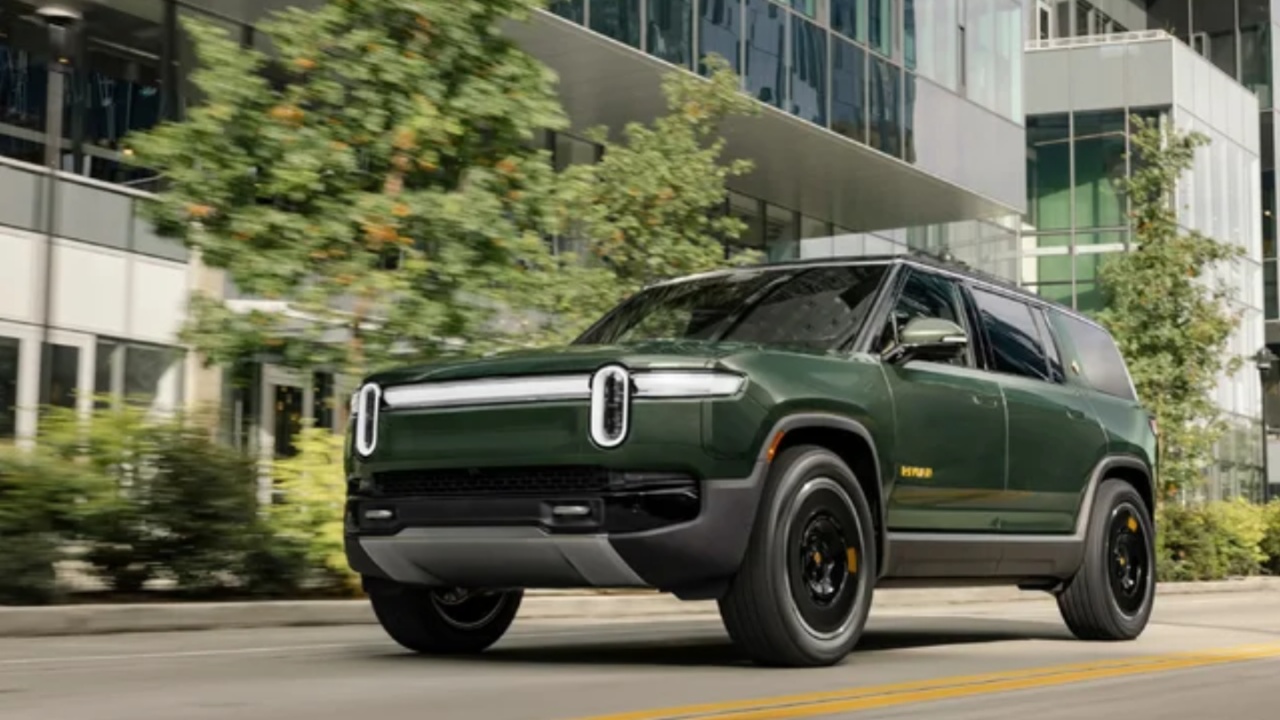
1. Rivian
Rivian is one of the most talked-about electric vehicle startups in recent years. Founded in 2009, Rivian took nearly a decade to develop its first models, focusing on electric trucks and SUVs, segments often overlooked by early EV manufacturers.
What sets Rivian apart is its ability to combine rugged design with advanced technology at a relatively affordable price point compared to luxury EV brands.
The company’s R1T pickup and R1S SUV appeal to consumers looking for performance without sacrificing utility. Rivian’s vehicles offer impressive range, off-road capabilities, and a well-crafted interior, making them stand out in a market dominated by more urban-centric electric cars.
One major reason Rivian delivers is its commitment to quality and realistic timelines. Unlike some startups that promise the moon and then miss deadlines, Rivian carefully phased its production and delivery schedules.
Despite challenges like supply chain disruptions common in the industry, the company managed to ramp up manufacturing gradually.
Its partnerships with major corporations, including a large investment from Amazon, have provided financial stability and manufacturing support. This has allowed Rivian to focus on product development and customer experience without constantly scrambling for funding.
Rivian’s focus on the adventure and outdoor lifestyle niche has created a loyal customer base. It understands the importance of durability, range, and power in these segments and delivers accordingly.
The company’s vehicles are priced in the mid-$40,000 to mid-$70,000 range, which, while not budget level, is affordable for the category of electric trucks and SUVs. This approach differentiates Rivian from startups that either aim too low and compromise on quality or aim too high and lose mass-market appeal.
Customer feedback generally praises Rivian for the build quality, innovative features, and excellent service. Although still young in terms of production volume, Rivian has proven it can meet demand and maintain standards, giving it a solid chance to grow further. Its success demonstrates how a clear market focus and realistic goals can make an EV startup deliver.
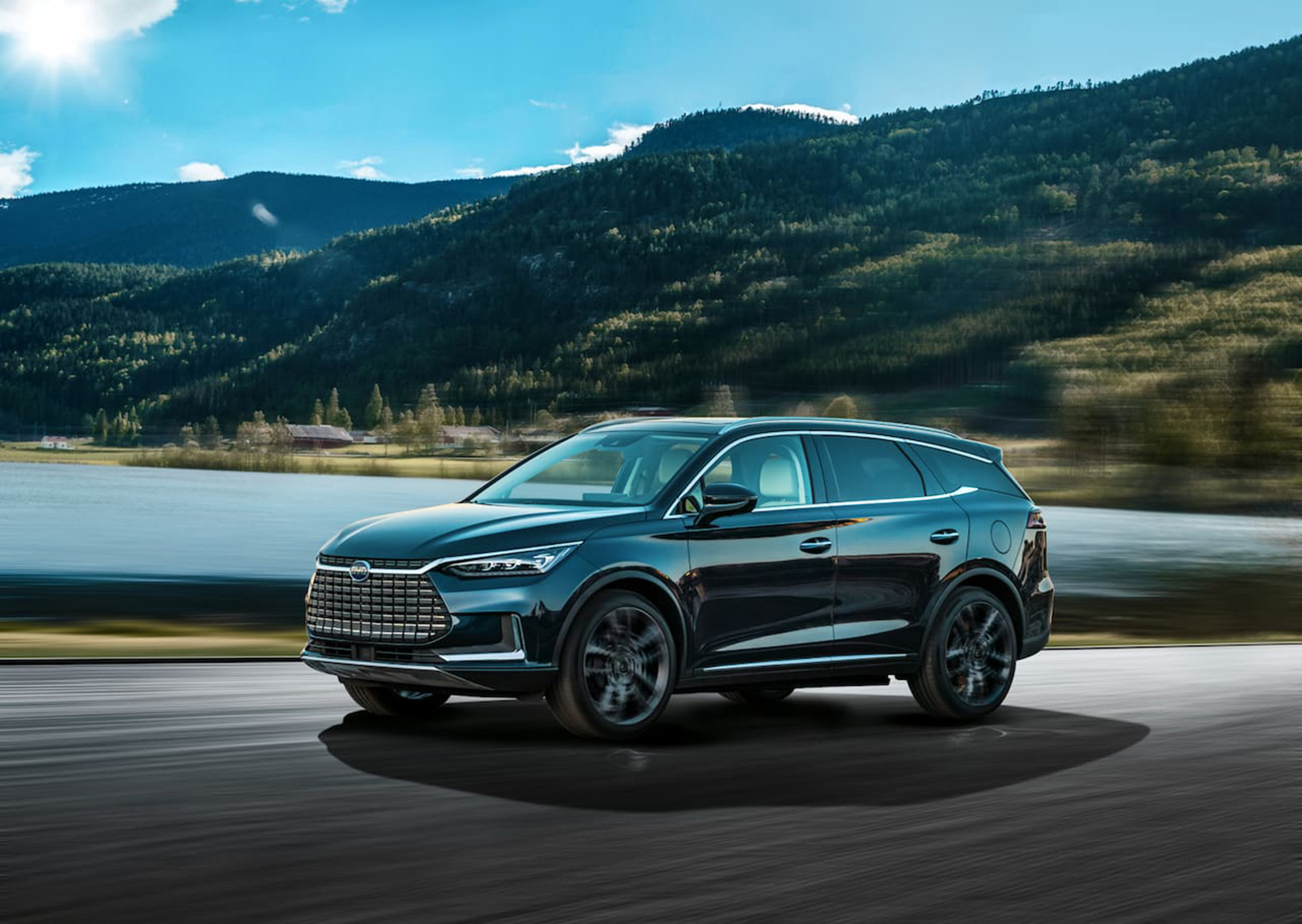
2. BYD (Build Your Dreams)
BYD, originally from China, started as a battery manufacturer before becoming one of the world’s largest electric vehicle producers. Unlike many startups that focus only on passenger cars, BYD has developed a broad product portfolio, including buses, trucks, and passenger vehicles.
Its experience with batteries gives BYD a competitive edge, allowing it to develop affordable EVs with reliable range and performance. The company’s focus on affordability has made it one of the top sellers in China and increasingly in international markets.
BYD’s strategy involves controlling much of its supply chain, including producing batteries and electric motors in-house. This vertical integration helps keep costs down and ensures supply consistency, a significant advantage during the global chip and battery shortages affecting many automakers.
The company’s extensive research and development investments have resulted in multiple EV models that meet different needs, from small urban cars to large electric buses. This range caters to diverse customers while maintaining competitive pricing.
The affordability of BYD vehicles does not come at the expense of technology or safety. The company has continuously improved its battery chemistry and software to enhance vehicle efficiency and range.
Models like the BYD Han and Tang have won awards for design and performance, offering features that rival more expensive competitors. Furthermore, BYD benefits from government incentives and a growing EV infrastructure in China, which has helped accelerate its growth.
With expanding exports to Europe, Latin America, and other markets, BYD is steadily gaining international recognition. Its success is a reminder that affordable EV startups can thrive if they combine technological expertise with solid manufacturing practices and strategic market positioning.
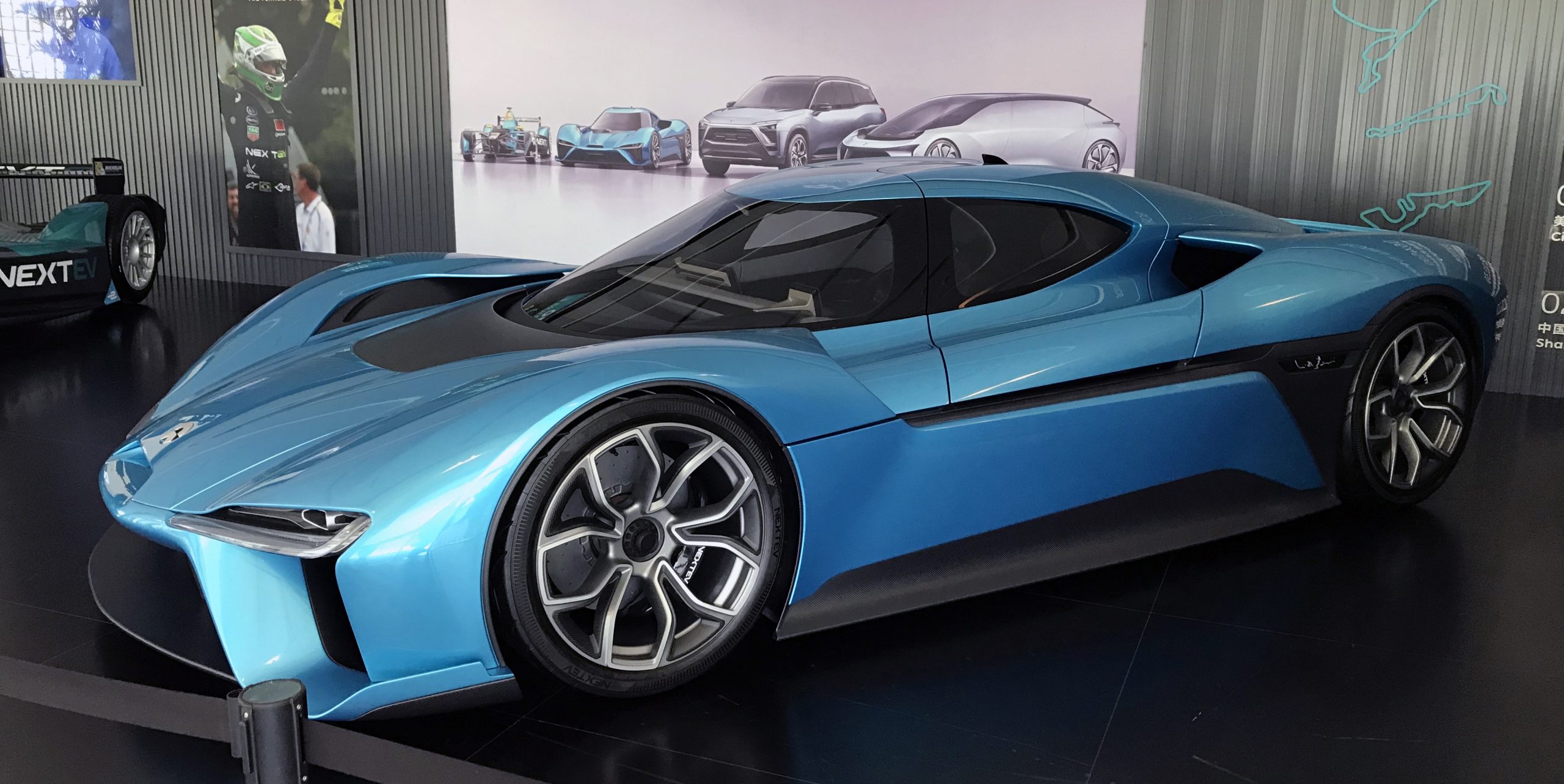
3. NIO
NIO has positioned itself as a premium but relatively affordable electric car manufacturer from China, known especially for its innovative battery-swapping technology. The company entered the EV market with a focus on electric SUVs and sedans, competing with luxury brands but offering more affordable options in comparison.
NIO’s approach to ownership includes not just the car but also services like battery leasing and subscription models, which lower the upfront cost for consumers. This business model helps make its vehicles accessible while addressing concerns about battery degradation and replacement costs.
The company has succeeded in building a strong brand identity centered around technology and customer experience. NIO vehicles offer advanced driver-assistance systems, sleek design, and a user-friendly interface.
Its battery swapping stations, available in some regions, allow drivers to quickly exchange depleted batteries for fully charged ones, reducing wait times for charging. This innovation is particularly attractive in markets where charging infrastructure remains limited.
NIO’s pricing strategy places it in the mid-range of EV pricing, often below established luxury brands but above entry-level options.
This balance helps NIO attract buyers looking for a premium feel without the premium price tag. The company has also managed to maintain consistent delivery schedules, building consumer confidence and loyalty.
Despite challenges like fierce competition and supply constraints, NIO’s focus on technological innovation and customer-centric services keeps it among the affordable EV startups that deliver on their promises.

4. XPeng Motors
XPeng Motors is another Chinese EV startup that has made a name for itself by producing affordable electric vehicles with advanced technology. Founded in 2014, XPeng has targeted the growing demand for smart EVs that combine affordability with connectivity and autonomous driving features.
Its product lineup includes sedans and SUVs, designed with attention to modern aesthetics and tech integration. XPeng’s vehicles are priced competitively, making them accessible to a broad audience, especially younger consumers interested in cutting-edge features.
What sets XPeng apart is its focus on software development and smart technology. The company invests heavily in autonomous driving capabilities and over-the-air software updates, enabling its vehicles to improve over time.
This focus appeals to tech-savvy buyers who want more than just a basic electric car. XPeng also offers a comprehensive charging network and services that enhance the ownership experience.
XPeng’s manufacturing efficiency and partnerships with global suppliers have allowed it to keep production costs low without sacrificing quality.
The company has also expanded beyond China, entering markets like Europe, where it sees opportunities for growth. The ability to maintain affordability while incorporating high-tech features has made XPeng a strong contender in the affordable EV segment.
Customer satisfaction surveys often highlight the driving experience and in-car technology as key strengths of XPeng vehicles. Although it faces stiff competition, XPeng’s innovative approach helps it stand out among startups that successfully deliver on their promises.
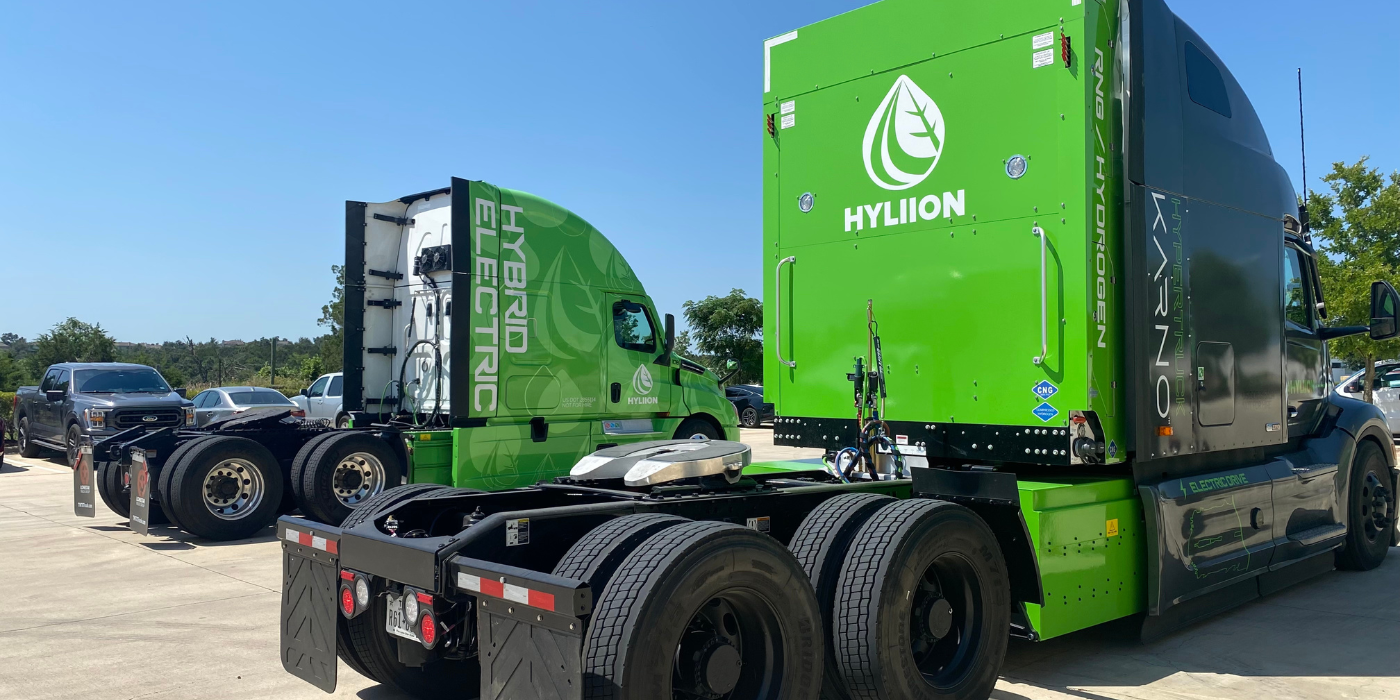
5. Hyliion
Hyliion is a lesser-known but important player in the affordable electric vehicle sector, focusing on electrifying commercial trucks. The company develops hybrid and fully electric powertrain solutions designed to retrofit existing diesel trucks or be integrated into new builds.
This approach addresses the cost challenges of electric heavy-duty vehicles and offers fleet operators a way to reduce emissions affordably without replacing entire vehicles. Hyliion’s products are designed to be practical, scalable, and cost-effective, meeting the needs of commercial transportation customers.
Hyliion’s business model emphasizes partnerships with truck manufacturers and fleet operators, allowing for quicker market penetration and adoption.
The company’s powertrain systems improve fuel efficiency and reduce emissions, with an affordable price point that makes electrification more accessible. By targeting commercial vehicles, Hyliion taps into a segment where affordability is crucial and operational savings are a major selling point.
The company has demonstrated progress with pilot programs and initial deployments, showing that its technology works in real-world applications. Although not focused on passenger vehicles, Hyliion’s role in making electric trucks affordable and practical highlights the diversity of approaches within the affordable EV startup.
Hyliion’s success depends on continued innovation and expanding partnerships, but its focus on solving real-world commercial challenges makes it a noteworthy example of an affordable EV startup that delivers.
5 Affordable EV Startups That Fall Short
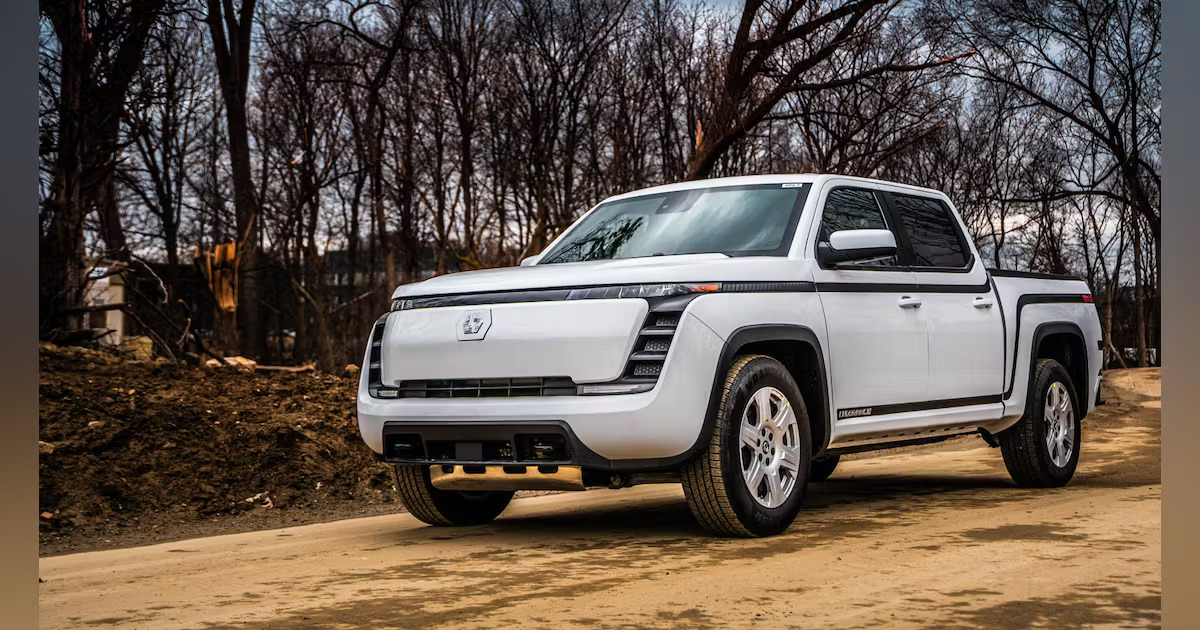
1. Lordstown Motors
Lordstown Motors began with ambitious goals. Positioned as a company focused on electric pickup trucks for fleet use, it aimed to offer a rugged and functional vehicle called the Endurance. Its in-wheel motor technology was billed as a breakthrough, promising greater efficiency and fewer moving parts.
The idea of repurposing an old GM factory added a layer of appeal, suggesting a cost-effective approach to production. For a while, the company attracted significant attention, raising capital through a SPAC deal and claiming thousands of preorders from commercial clients.
However, enthusiasm began to fade as reality set in. Questions emerged about the legitimacy of the preorder numbers and whether Lordstown truly had the ability to manufacture at scale. Reports revealed that some preorders were non-binding or not properly verified, which cast doubt on the strength of demand.
The company’s leadership struggled to maintain credibility, especially after public statements were challenged and investigated. Internal documents and whistleblower accounts suggested a company moving too quickly without foundational stability.
Manufacturing hurdles soon became a major problem. Lordstown was unable to meet its own timelines and continuously delayed production. Supply chain issues, combined with technical difficulties surrounding the in-wheel motors, further complicated development.
Unlike other startups that pivoted or partnered to resolve issues, Lordstown appeared locked into a narrow path with few alternatives. Investor confidence dipped sharply, and the company found itself in a downward spiral.
Despite efforts to restructure, including changes in leadership and attempts to attract new investors, the company couldn’t recover momentum. Financial losses piled up, and layoffs followed.
The idea that Lordstown could become a competitive EV manufacturer for the commercial market faded, replaced by skepticism and frustration from early backers. Public perception shifted from optimism to disappointment, and eventually, many categorized the company as a cautionary example of hype-driven investing.
Today, Lordstown remains a reminder of how EV startups can falter when they attempt to scale without first proving core technologies and operational capabilities.
While the mission of electrifying work vehicles remains important, other companies with stronger infrastructure and more practical approaches are better positioned to succeed. Lordstown’s fall illustrates that even a good idea can’t thrive in the absence of disciplined execution.
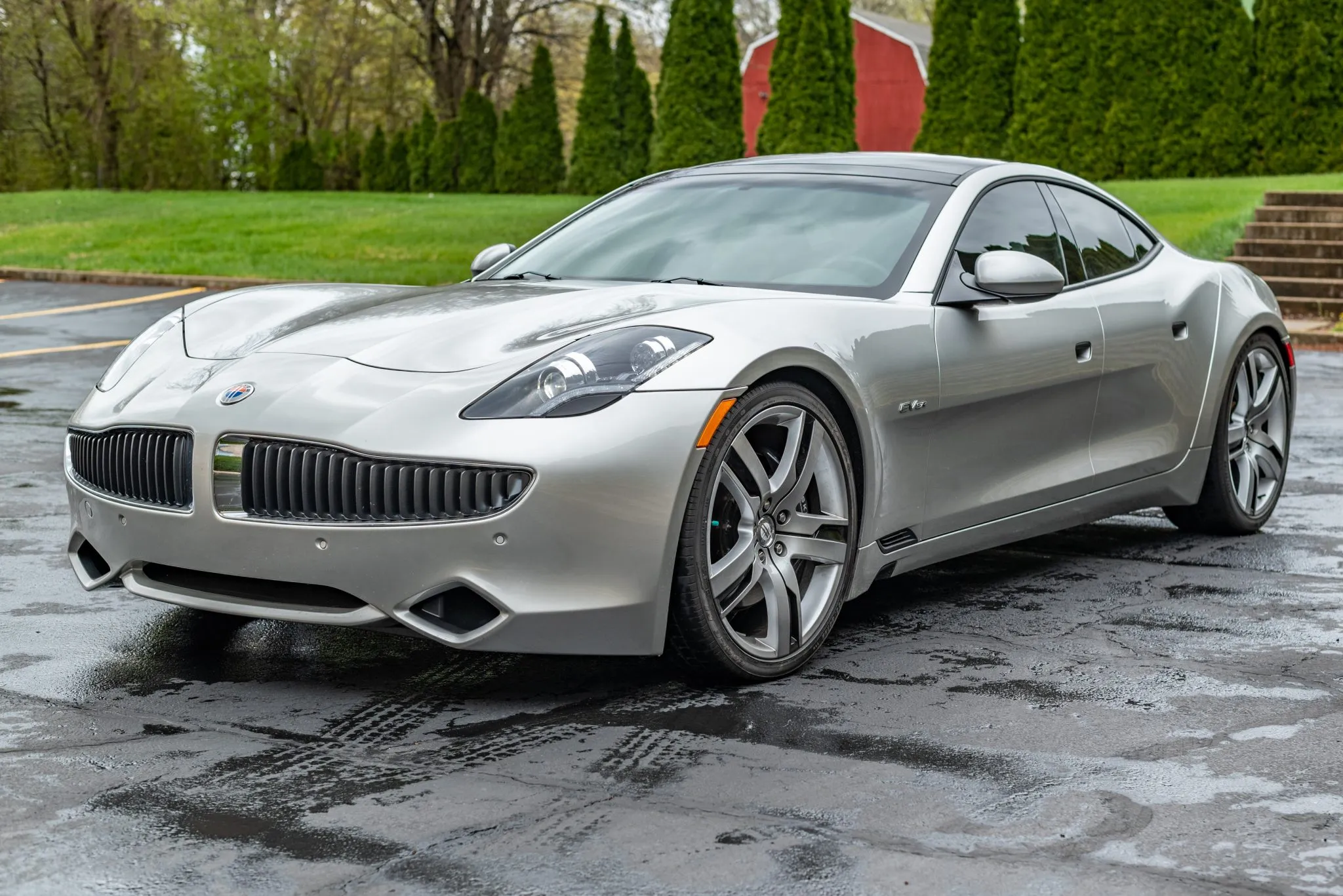
2. Fisker Automotive (Original)
The original Fisker Automotive, established in the late 2000s, promised to deliver an environmentally friendly vehicle that combined performance, luxury, and cutting-edge design. The Fisker Karma, its first and only model, was a plug-in hybrid with sleek styling and a premium interior.
Priced significantly lower than high-end European rivals, it targeted customers who wanted a green alternative without compromising on aesthetics or brand appeal. Early reactions were positive, and the company appeared to be a legitimate contender in the luxury electric vehicle market.
Unfortunately, the Karma was plagued by reliability issues and mechanical problems that became apparent soon after its release. One of the biggest setbacks came from the battery supplier A123 Systems, which suffered financial and technical difficulties.
A major recall followed, leading to production halts and increasing consumer skepticism. Fisker struggled to address the battery issue and was unable to find a reliable solution quickly enough. Vehicle owners reported issues ranging from software glitches to powertrain failures, which seriously damaged the car’s reputation.
The financial strain proved too much for Fisker Automotive. Manufacturing costs were high, and without consistent vehicle delivery or solid after-sales support, revenue was minimal.
Attempts to secure new investments or buyouts fell through, and the company filed for bankruptcy. Despite the potential of the brand and design, the infrastructure was not in place to support long-term growth. Fisker became an early example of how even promising EV companies can stumble when execution falters.
Government involvement also became a point of controversy. Fisker had received federal loans, and its failure raised questions about the vetting process and risk management surrounding green technology investments.
While the idea behind Fisker was forward-thinking, the way it was implemented reflected a lack of preparation for the rigors of large-scale automotive manufacturing. As competition in the EV space increased, the shortcomings of Fisker’s approach became more obvious.
While the Fisker brand was eventually revived under new management with different models, the original company remains an example of a missed opportunity.
The vision was compelling, but without a clear path to sustainability and with persistent technical issues, it could not withstand the pressure of a growing market. Its fall was not due to a lack of imagination but rather a lack of operational discipline and manufacturing reliability.
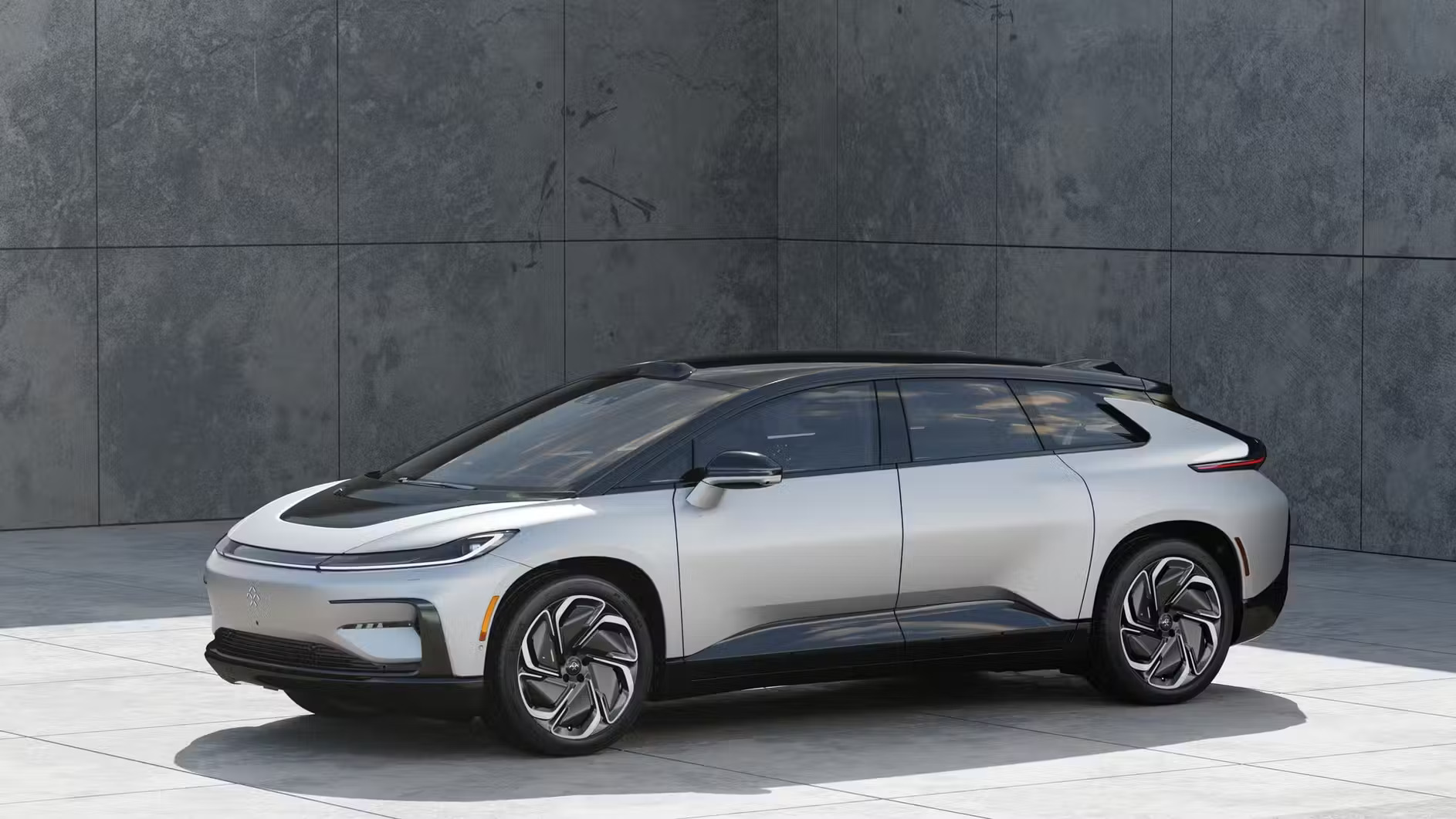
3. Faraday Future
Faraday Future entered the electric vehicle space with a mission to deliver ultra-connected, high-performance electric cars that were also relatively affordable compared to premium EVs.
Its concept car, the FF 91, was presented as a direct competitor to Tesla with advanced infotainment systems, massive screens, and impressive performance specs.
At launch events and auto shows, the vehicle attracted media attention for its futuristic design and high-tech features. The company received backing from Chinese investors and announced large-scale manufacturing plans in the United States.
However, despite the ambitious vision, Faraday Future quickly encountered roadblocks. Internal management issues, frequent executive turnover, and a lack of clear direction undermined progress. Promised production dates came and went with little to show.
The massive manufacturing facility the company planned in Nevada never materialized, and a smaller facility in California was scaled back significantly. Investors began to pull back as it became clear that the company had more vision than execution.
Technical issues added to the concerns. Faraday Future demonstrated flashy prototypes but failed to deliver production-ready models in a timely manner. Promised features, such as Level 3 autonomy and next-gen battery systems, remained more conceptual than practical.
There were also reports of over-engineering and lack of focus, with too many resources spent on developing features that didn’t add enough practical value to offset costs. The result was a company burning through cash without building a product pipeline.
The company’s financial struggles were deepened by legal battles with suppliers and internal lawsuits involving former executives. Efforts to raise funds through a SPAC and reintroduce the FF 91 have met with skepticism, given the company’s track record.
The market has grown more competitive, with newer and more stable companies offering similar performance at a lower price point or with better delivery timelines. Faraday Future has failed to regain the momentum it once had.
Faraday Future’s experience underscores the difficulty of competing in the EV market based purely on concept and media appeal. Without a tangible, tested, and scalable product, a company cannot survive long-term.
While there is still hope for a turnaround, the journey has been marked by missed deadlines, overpromising, and strategic confusion that have significantly damaged the brand’s credibility.
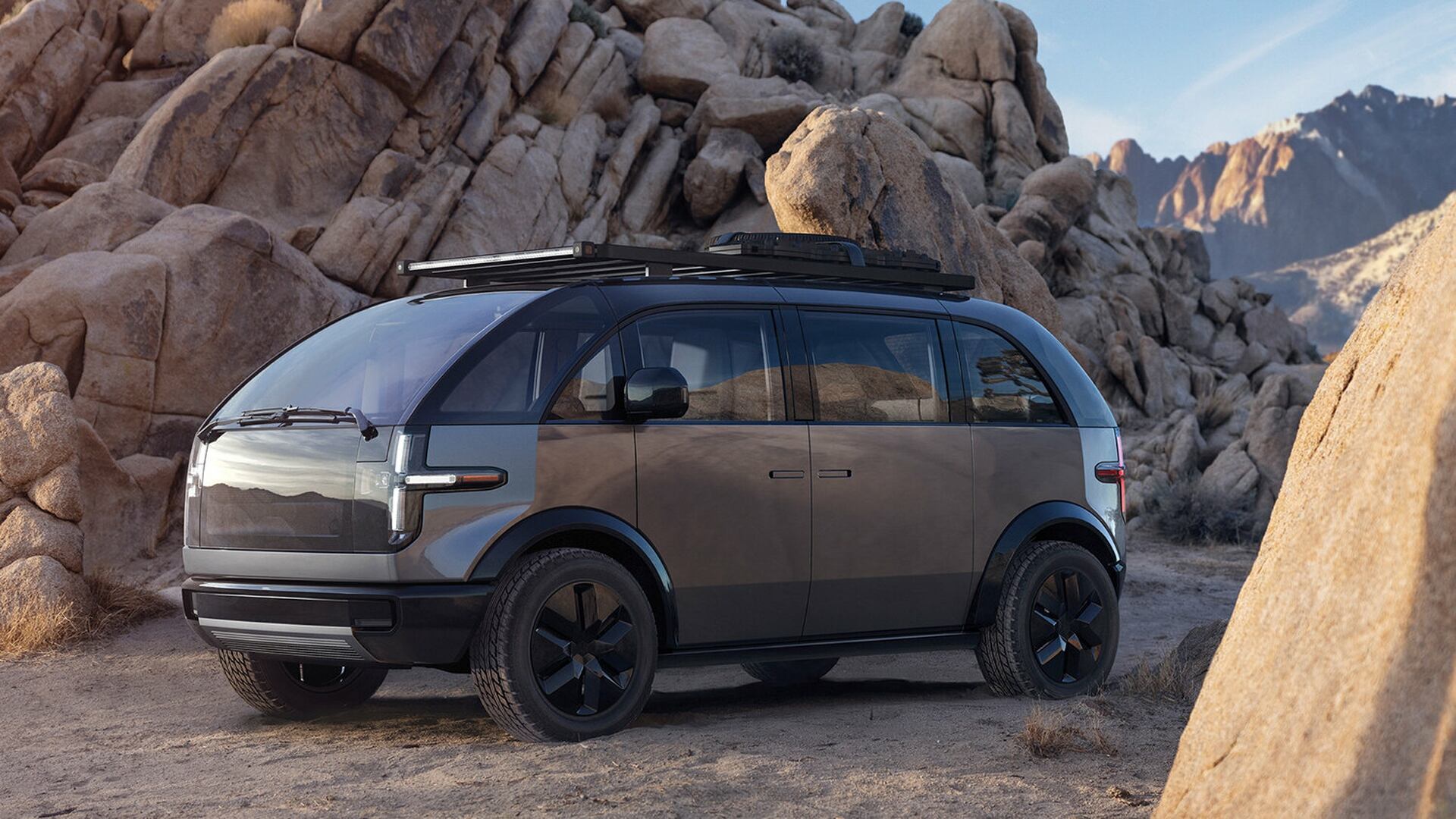
4. Canoo
Canoo set out to challenge conventional car ownership and design. Its futuristic, boxy electric van and pickup concepts gained attention for their minimalist aesthetics and use of space.
The company marketed itself as a technology-driven alternative to legacy automakers, emphasizing modular design and a subscription-based ownership model.
It promised a wide range of practical, affordable EVs for personal and commercial use. The idea was that consumers could pay a monthly fee for access to a vehicle, eliminating the need to buy, finance, or lease.
However, Canoo has faced repeated delays and has yet to deliver vehicles to the general market. Its production plans have shifted multiple times, from working with partners like Hyundai to building its own manufacturing facility.
These shifts have created confusion and signaled instability to investors and customers alike. Despite its ambitious goals, Canoo has not clearly defined its go-to-market strategy, and the lack of a consistent message has made it harder for the brand to gain trust.
Financial challenges have also slowed progress. Canoo’s funding was never on par with more established EV competitors, and the costs of building a proprietary vehicle platform and manufacturing system from scratch have proven higher than expected.
While the company has shown working prototypes and participated in public contracts, such as with the U.S. military or NASA, these deals have not translated into widespread production or commercial sales.
The subscription model, once a major selling point, has taken a back seat as the company rethinks its financial strategy. Changing market conditions and the high cost of capital have made such a business model harder to execute.
Additionally, Canoo’s unique design has drawn criticism for being impractical or too niche, raising questions about mainstream appeal. The company’s focus on form over function may have limited its potential customer base.
While Canoo continues to seek government contracts and explore commercial applications, its impact on the consumer EV market remains limited.
Without reliable production and a clear strategy for affordability and accessibility, the startup’s initial appeal has faded. Canoo’s journey reflects the dangers of trying to do too many new things at once without a grounded manufacturing and financial foundation.
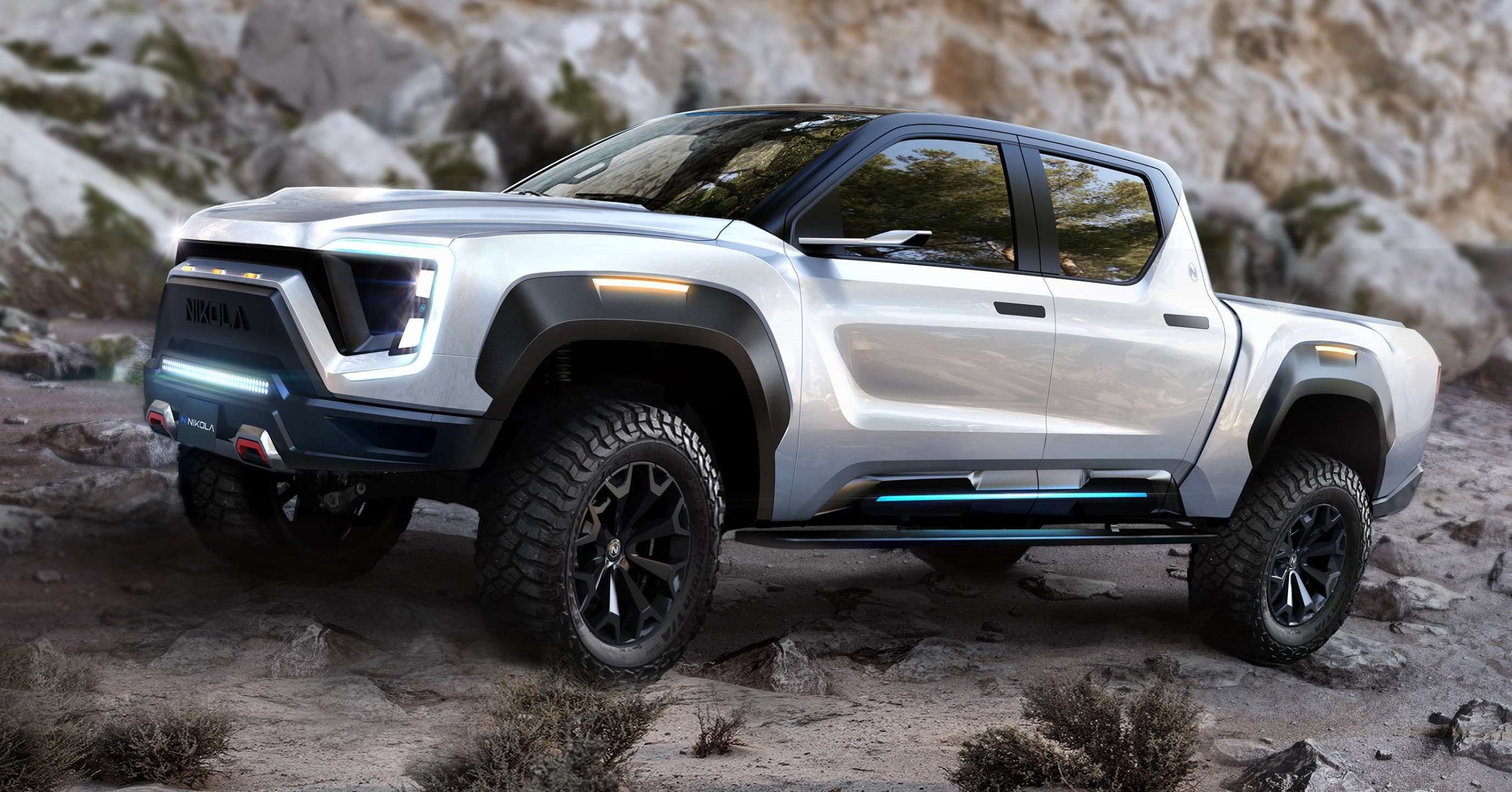
5. Nikola Motor Company
Nikola Motor Company started with grand ambitions. It aimed to become a leader in hydrogen and battery-electric trucks, promising breakthrough technology and zero-emissions long-haul transportation. Its founder frequently compared Nikola’s future products to Tesla’s, garnering attention with bold performance claims and futuristic designs.
Investors responded enthusiastically, and the company reached a multi-billion-dollar valuation even before producing a single truck. For a brief time, Nikola represented the explosive promise of the clean tech revolution.
Soon, the narrative began to unravel. Investigations revealed that many of Nikola’s public statements were exaggerated or misleading. A short-seller report accused the company of staging a promotional video by rolling a prototype downhill to appear functional.
These claims led to a regulatory investigation and the eventual resignation of the company’s founder. Investor confidence dropped, and the stock plummeted, severely hurting the company’s reputation.
Nikola’s struggles went beyond image. The technical challenges of building hydrogen infrastructure and heavy-duty electric drivetrains were greater than the company appeared to admit.
While competitors focused on battery-electric solutions with existing infrastructure, Nikola committed to a hydrogen-based model that was expensive and logistically difficult. Manufacturing partnerships were delayed or canceled, and no mass production occurred for several years after its founding.
The company attempted to recover by focusing on battery-electric trucks and scaling back its hydrogen ambitions. It began small-scale production of its Tre BEV model but faced continued skepticism. Sales were modest, and several executive changes followed.
Nikola’s credibility was badly damaged, and customers hesitated to trust the brand with large commercial orders. Efforts to rebuild trust have been slow and limited in effectiveness.
Nikola’s story is now often cited as a warning about the dangers of hype without delivery. While the company remains active and has made some progress, the early dishonesty and technical overreach created a gap that is difficult to close.
For those looking for affordable and reliable electric trucks, Nikola has yet to prove it can consistently deliver what it promises.
Also Read: 5 Vehicles With Easy Bulb Replacement vs 5 With Sealed-Unit Headlights
The rapid evolution of the electric vehicle industry has opened the door for startups to challenge traditional automakers and bring new ideas to the market.
Among these emerging companies, some have found ways to offer practical, affordable EVs that meet the expectations of modern consumers, while others have struggled under the weight of their own ambition.
The contrast between the five startups that deliver and the five that fall short highlights the importance of more than just a compelling idea. It shows that long-term success depends on consistent execution, transparent communication, sound financial planning, and realistic promises.
Companies like Rivian, BYD, NIO, XPeng, and Hyliion have shown that even with limited history, it’s possible to develop reliable, reasonably priced electric vehicles if supported by solid planning and strategic choices.
These startups have maintained focus, adapted to changing market conditions, and placed product delivery at the center of their operations. Their ability to deliver meaningful value to consumers through range, design, features, and pricing gives them a competitive advantage in a crowded marketplace.
In contrast, companies like Lordstown Motors, Fisker Automotive (original), Faraday Future, Canoo, and Nikola have often failed to meet expectations, not necessarily because of weak ideas, but due to overpromising, mismanagement, or lack of readiness to scale. Their setbacks reflect the real-world difficulties of building an automotive business from the ground up.
As the market for electric vehicles grows, consumers and investors alike will continue to scrutinize new entrants. Promises are no longer enough; only those startups that combine innovation with reliability, affordability, and discipline will thrive.
The story of affordable EVs is still being written, and it will be shaped by those who stay grounded, focused, and prepared to deliver on what they offer.

